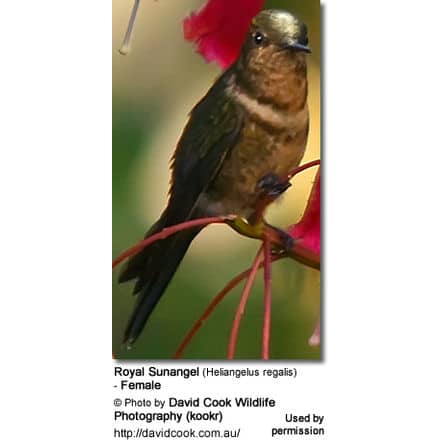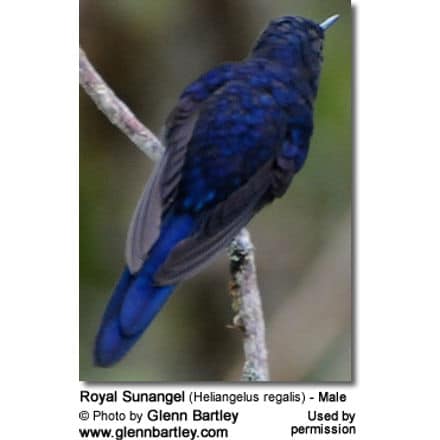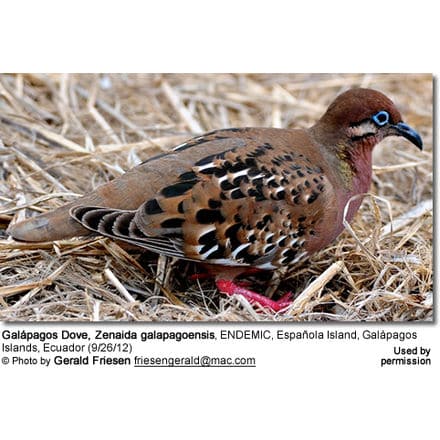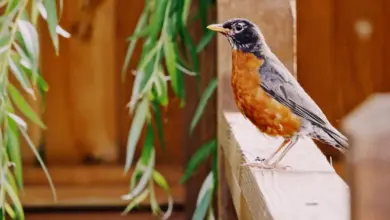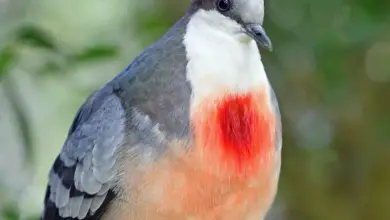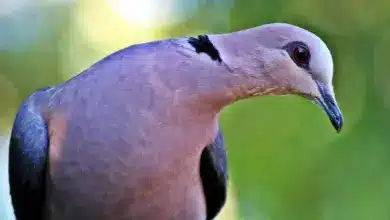Royal Sunangel Hummingbird
The Royal Sunangels (Heliangelus regalis) are endangered South American hummingbirds that are endemic to subtropical elfin forests and shrubs in the Andes of northern Peru and adjacent south-eastern Ecuador.
Distribution / Habitat
Royal Sunangels are known to occur in eight areas in the Andes of northern Peru and adjacent south-eastern Ecuador.
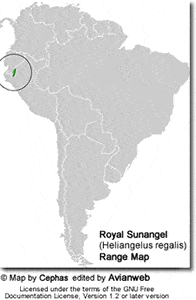
In Peru, they have been reported in an area above San José de Lourdes in the Cordillera del Cóndor, Cajamarca; Duran, Amazonas; north of the village of San Cristobal in the south Cordillera de Colán, Amazonas; Abra Patricia, San Martín; Cajamarca; north-east of Jirillo, San Martín; the río Chipaota valley in the Cordillera Azul, San Martín; as well as the río Pauya valley in the Cordillera Azul, Loreto.
In Ecuador, the first Royal Sunangel was first documented in 2009 (Krabbe and Ahlman) in a shrubby forest on a sandstone mountain in the Nangaritza Valley in the Zamora Chinchipe Province. It is likely that Royal Sunangels also occur in the Ecuadorian parts of the Cordillera del Cóndor and elsewhere in the Cordillera de Colán National Sanctuary.
Habitat and Status
These hummingbirds are most common at elevations between 4,800 – 7,220 feet (1,450 – 2,200 meters); in humid elfin forests and shrub; in grasslands with mossy, stunted forest, lichen-covered bushes, succulents (i.e., cacti) and large ferns; as well as being found on the sides of steep, wooded ravines.
The number of Royal Sunangels has been decreasing and this species is at risk of becoming extinct due to a combination of factors, such as loss of timberline habitats through the use of fire to promote the growth of fresh shoots for livestock, as well as conversion of their habitat for agricultural uses (particularly marijuana and coffee).
Subspecies and Ranges:
- Heliangelus regalis regalis (Fitzpatrick, Willard and Terborgh, 1979) – Nominate Form
- Range: Cordillera del Cóndor and north-east of Jirillo, San Martín
- Heliangelus regalis johnsoni – newly described, strikingly distinctive subspecies
- Range: This subspecies was first recorded in the Cordillera del Cóndor in 1999; and in 2006 at Yankuam Lodge in the Nangaritza valley, Zamora-Chinchipe province (Krabbe and Ahlman 2009); and has since been reported in 6 to 7 localities in Ecuador.ID: Males of ssp. johnsoni differ from the nominate form by having a more intense indigo iridescence to their plumage, particularly on the crown, throat and upper chest.
Description
Royal Sunangels measure between 4.3 – 4.7 inches (11 – 12 cm) in length, including their tails; and they weigh between 0.12 – 0.16 oz (3.5 – 4.5 g). Their black bills are straight.
Males have a shimmering violet-blue or dark blue plumage, which looks nearly black in poor light conditions. There is a brighter iridescence on the forecrown and the long, deeply forked tail.
Females look very different. The upperparts are dark green; and below they are mostly rich cinnamon with some green streaking-spotting on the throat; a broad, pale breast band (in the shape of a crescent), and a metallic deep blue or blackish tail that is less forked than that of a male.
Immature birds look like females, except the throat is spotted grey rather than green. As they mature, the amount of blue in the plumage increases over time until the adult plumage is reached, when they are about one year old.
Similar Species:
Male Royal Sun Angels are unmistakable and unique within their highly restricted range, since there is no overlap with similar birds. Females do resemble other female sunangel species.
The Purple-throated Sunangels are smaller in size, but have similar plumage characteristics. The ranges of these species are not known to overlap; therefore confusion is unlikely.
Diet / Feeding
The Royal Sunangels primarily feed on high-energy nectar taken from a variety of brightly colored, scented small flowers of trees, herbs, shrubs and epiphytes, choosing those flowers with the highest sugar content.
There are reports of different gender preferences as far as feeding habits are concerned; males seem to favor the purple flowers of the Brachyotum quinquenerve , and females the pink-purplish flowers of the ericaceous plants.
Both feeding plants are low shrubs with flowers that hang down forming tubes, forcing these birds to hover directly underneath, or perch on a stem below the flowers, and pointing their bills straight up to draw up the nectar with their long tongues.
Breeding / Nesting
Royal Sunangels mostly breed between July and September.
The male’s only involvement in the reproductive process is the actual mating with the female. They neither live nor migrate in flocks; and there is no pair bond for this species. Males court females by flying in a u-shaped pattern in front of them. He will separate from the female immediately after copulation. One male may mate with several females. In all likelihood, the female will also mate with several males. The males do not participate in choosing the nest location, building the nest or raising the chicks.
The female is responsible for building the cup-shaped nest out of plant fibers woven together and green moss on the outside for camouflage in a protected location in a shrub, bush or tree. She lines the nest with soft plant fibers, animal hair and feather down, and strengthens the structure with spider webbing and other sticky material, giving it an elastic quality to allow it to stretch to double its size as the chicks grow and need more room. The nest is typically found on a low, skinny horizontal branch.
The average clutch consists of two white eggs, which she incubates alone for 16 – 19 days while the male defends his territory and the flowers he feeds on. The young are born blind, immobile and without any down.
The female alone protects and feeds the chicks with regurgitated food (mostly partially-digested insects since nectar is an insufficient source of protein for the growing chicks). The female pushes the food down the chicks’ throats with her long bill directly into their stomachs.
As is the case with other hummingbird species, the chicks are brooded only the first week or two, and left alone even on cooler nights after about 12 days – probably due to the small nest size. The chicks leave the nest when they are about 23 – 26 days old.
Calls / Vocalizations / Sounds
Their vocalizations are described as rich “tchip“s sounds – often repeated; or high “teep” notes.
Alternate (Global) Names
Chinese: ???? … Czech: Kolibrík knížecí, kolib?ík královský … Danish: Kongesolalf … Dutch: Peruaanse Zonnekolibrie … Finnish: Perunenkelikolibri … French: Héliange royal, Héliange royale … German: Blaue Sonnennymphe, Königsnymphe, Königssonnennymphe, Königs-Sonnennymphe … Italian: Angelo del sole regale, Eliangelo reale … Japanese: ??????????? … Norwegian: Kongesolengel … Polish: lordzik królewski … Russian: ??????????? ????? … Slovak: nymfárik královský, nymfárik krá?ovský … Spanish: Colibrí Real … Swedish: Kungssolängel
Hummingbird Resources
- Hummingbird Information
- Hummingbird Amazing Facts
- Attracting Hummingbirds to Your Garden
- Hummingbird Species
- Feeding Hummingbirds


